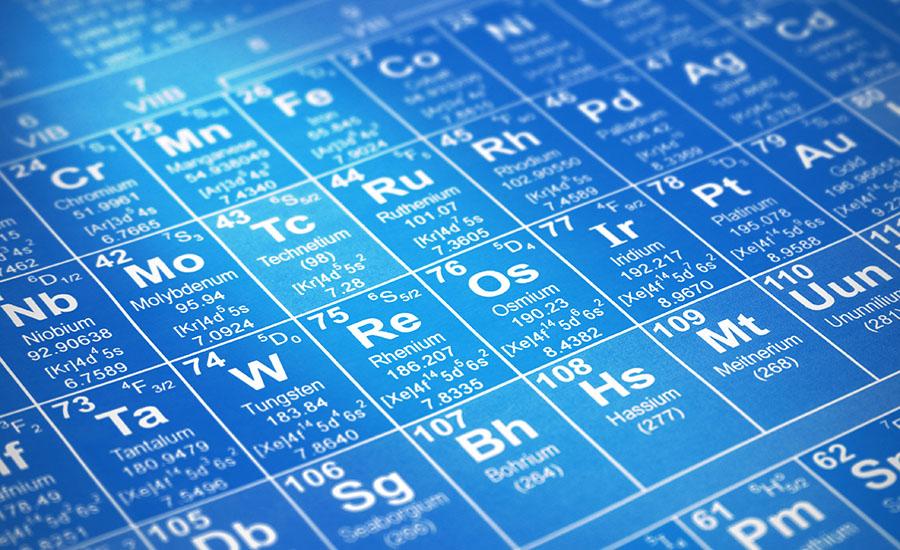
Solar Array
by Victoria Rackley
This lesson is focused on solar energy, students engage in a hands-on exploration of photovoltaic cells, motors, and light bulbs to investigate the correlation between light intensity and solar power generation. Beginning with an introduction to photovoltaic technology, students learn how solar cells convert light into electrical energy. They then assemble a simple circuit comprising a photovoltaic cell, a small motor, and a light bulb. By varying the light intensity using adjustable lamps or sunlight at different times of day, students observe how changes in light intensity affect the motor's speed and the brightness of the light bulb. Through this experiment, they gain a practical understanding of solar energy's dependence on light intensity and its application in renewable energy systems.
Lesson Plan Link/URL
https://docs.google.com/presentation/d/1ljSzzSJ7sHTP-BCilsGUT0W0ZQgi_YlO/edit?u…Related Content

Grades:
9th Grade, 10th Grade, 11th Grade, 12th Grade
This lesson uses a Modeling Instruction approach to developing the graphical and mathematical relationships for Circular Motion for students in Grades 9-12. Students design an experiment, collect data

Featured
Sphero Rocket Payload Mission
Grades:
9th Grade, 10th Grade, 11th Grade, 12th Grade
This lesson uses Sphero's "Rocket Payload" activity with the Outer Space Mat. The full lesson includes information on rocket payload, a Sphero coding challenge, a NASA link to read, optional questions

Grades:
9th Grade, 10th Grade, 11th Grade, 12th Grade
The purpose of this activity is to teach students about electrical energy generation in Arizona and the science behind electrical energy generation including radioactive decay and nuclear energy.